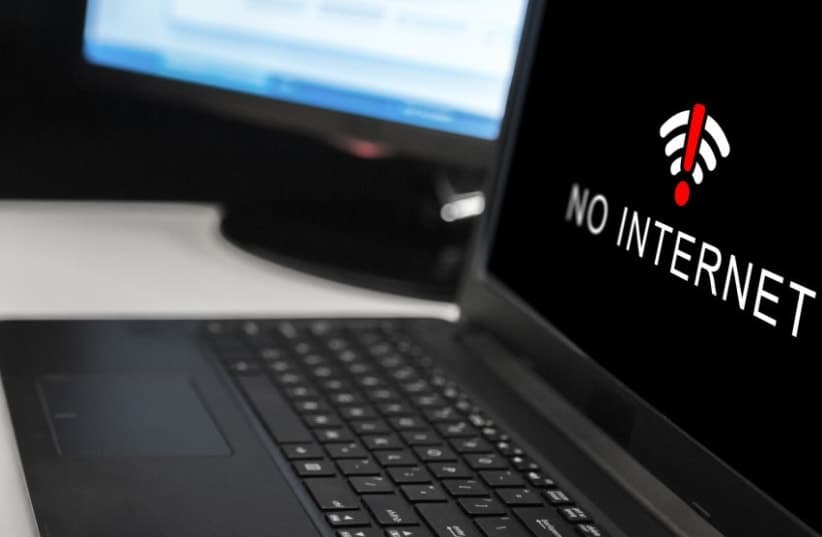
Mastering Internet Connectivity Troubleshooting
By Baylin Molloy on December 11, 2024
1. Restart the Computer
When your computer acts up, restarting it can resolve many common issues. This process clears the system's temporary files and resets its operations, which can help resolve frozen screens, unresponsive programs, or lag. To restart properly, click the Start menu, select “Restart” (or shut it down completely), wait 10–15 seconds to ensure all components are powered off, then power it back on.
2. Check for Updates
Outdated software can cause performance issues or compatibility errors. Regular updates provide security patches, bug fixes, and performance improvements. Open the settings menu, navigate to “Update & Security,” and click “Check for Updates.” Ensure both the operating system and installed programs, like browsers or antivirus software, are up to date.
3. Free Up Space
Low disk space can slow down your computer. Start by deleting unnecessary files, such as old documents or duplicate photos. Empty your Recycle Bin, as files in it still take up space. Use tools like Disk Cleanup on Windows or Storage Management on macOS to identify and delete temporary or unused files. Consider moving large files to an external drive or cloud storage for extra space.
4. Close Unnecessary Programs
Running too many programs simultaneously can strain your computer’s resources, especially on older devices. Press Ctrl + Alt + Delete and select “Task Manager” to see a list of running programs. Identify programs you don’t need and click “End Task” to close them. Be cautious not to close essential system processes.
5. Check for Viruses
Viruses and malware can disrupt your computer’s functionality and compromise security. Install reliable antivirus software and run a full system scan to detect and remove threats. If the antivirus detects issues, follow the software’s instructions to quarantine or delete infected files. Enable real-time protection to guard against future threats.
6. Adjust Display Settings
Struggling to see the screen properly? Adjusting display settings can help. Right-click on your desktop and select “Display Settings.” Here, you can change brightness, resolution, and text size. For eye comfort, reduce brightness or enable “Night Mode” if your computer supports it. On macOS, these settings are under “System Preferences” > “Displays.”
7. Ensure Proper Connections
Loose or disconnected cables can cause devices like your monitor, mouse, or keyboard to malfunction. Check all physical connections and make sure cables are securely plugged into their respective ports. For wireless devices, ensure they are charged and connected via Bluetooth or a wireless receiver.
8. Clear Temporary Files
Temporary files are created by the system and applications during use, but over time, they accumulate and slow your computer. To clear them, open “Disk Cleanup” on Windows and select the files to delete, such as temporary internet files or cached data. On macOS, use built-in tools or third-party applications like CleanMyMac for similar results.
9. Manage Startup Programs
Programs that automatically start with your computer can significantly slow the boot process. To manage them, press Ctrl + Shift + Esc to open Task Manager, go to the “Startup” tab, and disable unnecessary programs. On macOS, go to “System Preferences” > “Users & Groups” > “Login Items” and remove unneeded applications from the list.
10. Seek Assistance
If you’ve tried these steps and the problem persists, don’t hesitate to seek help. Contact a trusted friend, family member, or professional technician. If you purchased the computer recently, check if it’s still under warranty and consider contacting the manufacturer’s support team for assistance.